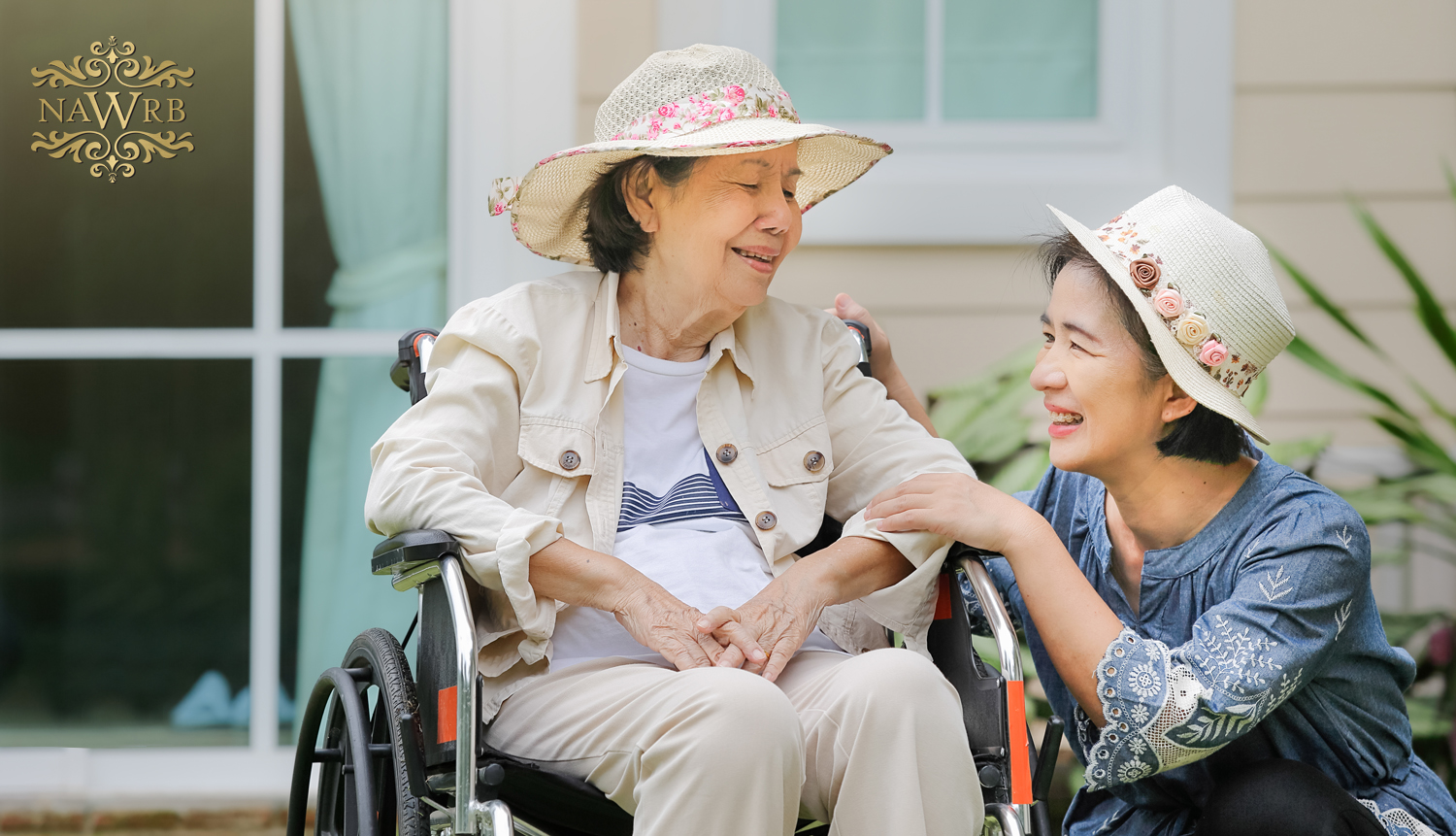November is National Family Caregivers Month, which pays tribute to the millions of Americans who selflessly care for family members who are chronically ill, elderly or have a disability. Taking care of a loved one comes with its own unique set of challenges and joys, and this month is dedicated to recognizing caregivers for all their efforts in providing support and comfort to their loved ones in their homes and communities.
According to a special feature from the U.S. Census Bureau, nearly 44 million caregivers assist loved ones each year “with a vast array of essential tasks, including eating, bathing dressing, managing finances, childcare, administering medications, and arranging doctor visits and transportation.” Taking on this role requires patience and compassion, and family caregivers display these characteristics tenfold while caring for their loved ones.
About 1.3 million grandparents in the labor force are responsible for most of the basic care of grandchildren under 18 years of age with whom they live. Nearly 400,000 grandparents in the labor force who help care for their grandchildren are 60 years old and over, and a little over 930,000 grandparents in the labor force who care for their grandchildren are 30 to 59 years of age.
Volume V: Aging Population of the NAWRB Women Housing Ecosystem Report (WHER) profiles the aging population in the U.S and covers a wide range of topics, including employment, living arrangements, physical, mental and financial health, care giving, poverty, and elder financial abuse. The aging population is an often neglected but significant portion of our society that will become dependent on younger generations for their physical, mental and financial wellbeing. See below for an excerpt on caregiving in the United States.
“In 2017, the share of older persons age 85 and older who needed help with personal care was 22 percent. This was more than twice the share for adults between the ages 75 and 84, and more than six times the percentage for adults between the ages of 65 and 74.
While older adults need more personal care as they age, they also assume the role of caregiver for younger family members. In 2016, about 1 million grandparents age 60 and over took care of the basic needs of one or more grandchildren under 18 years of age living with them in the same household. Of these older caregivers, 58 percent were women and 42 percent were men.
According to a 2018 U.S. Census Bureau report, there will be 78 million people age 65 and older compared to 76.4 million under 18 years of age by 2035. Therefore, the elderly population will soon outnumber children for the first time in American history. This dramatic demographic shift will result in a number of public health challenges, including care for the elderly.”
About 2019 NAWRB WHER
The 2019 NAWRB Women Housing Ecosystem Report (WHER) is the third installment of the most diverse coverage of the Housing Ecosystem with over sixty resources in six volumes: Diversity & Inclusion, Homeownership, Women-Owned Businesses, STEM, Aging Population, and Family Offices with a gender lens perspective. Learn more about each of the volumes and order a copy of the 2019 NAWRB WHER at https://www.nawrb.com/womenhousingecosystem/.

 Login
Login

